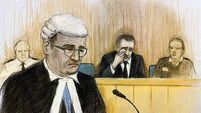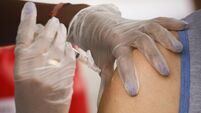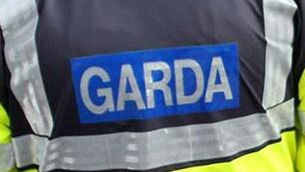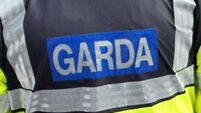Crash probe blames communication breakdown
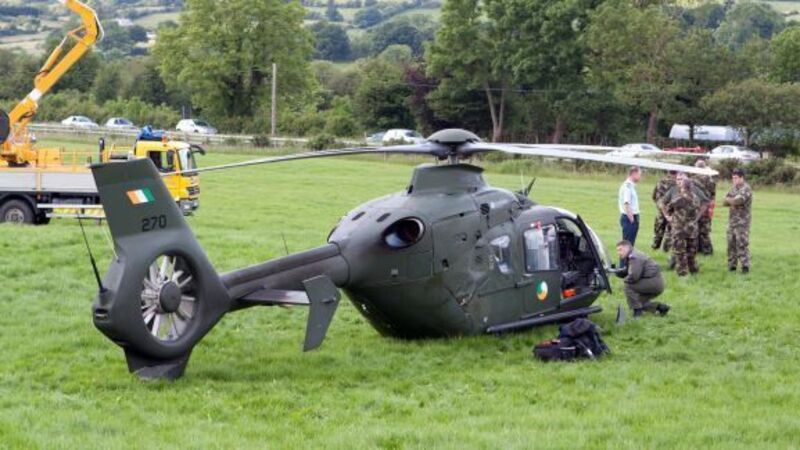
The air accident investigation unit of the Department of Transport has published its final report into the Jun 19 incident at Currabaha Cross near Borrisoleigh, Co Tipperary.
The air corps Eurocopter EC-135, operating on behalf of the HSE’s National Ambulance Service, was on its way to airlift a patient to a Limerick hospital.




